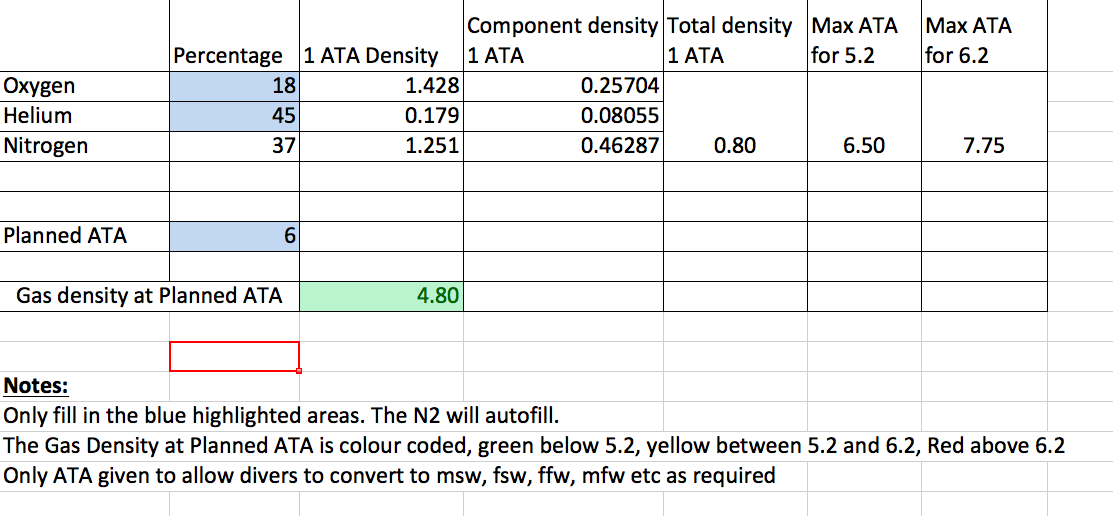fsardone
Solo Diver
Just got done with reading the papers. Very interesting stuff.
I seem to recall a discussion around some videos of guys doing deep CCR diving with the little "cough" at the end of each breath indicating they were pretty close to the edge for gas density without realising. Watching the Shaw footage after that, knowing what I was listening to, was very sobering.
And the deep stop comment was firmly tongue in cheek, I have had enough of that conversation for a lifetime honestly. Seems the mods have too.
The cough was due to dynamic air way collapse and the diver was Dave Shaw during his last dive. You can find the whole video on you tube.
The coughing fragment was used by Dr Mitchell in one of his presentations on why in hyperbaric condition we are limited in the amount of gas we can ventilate no matter how hard we try. Hence bound to retain carbon dyoxide we produce with methabolism aand unable to ventilate out.
Cheers




